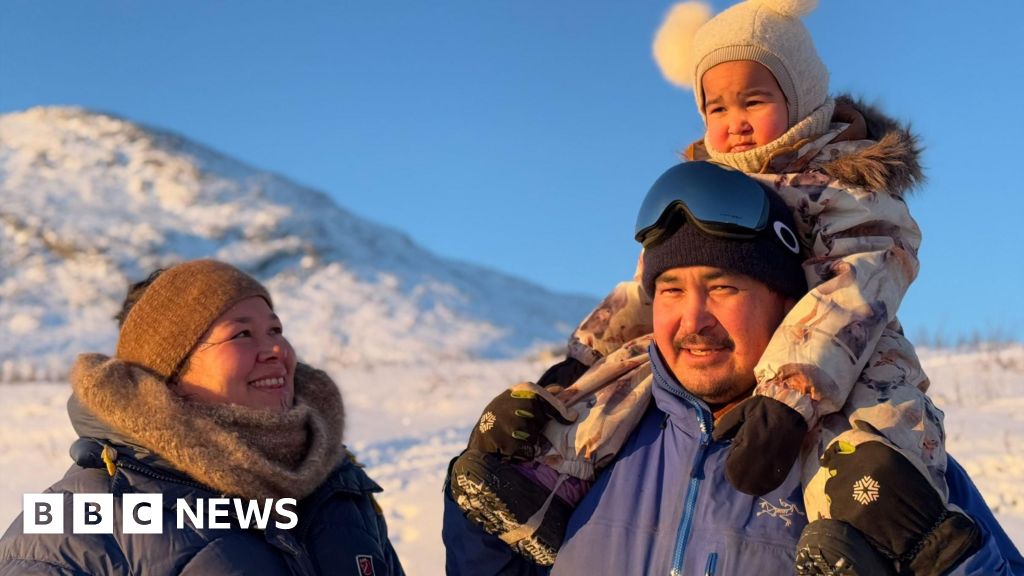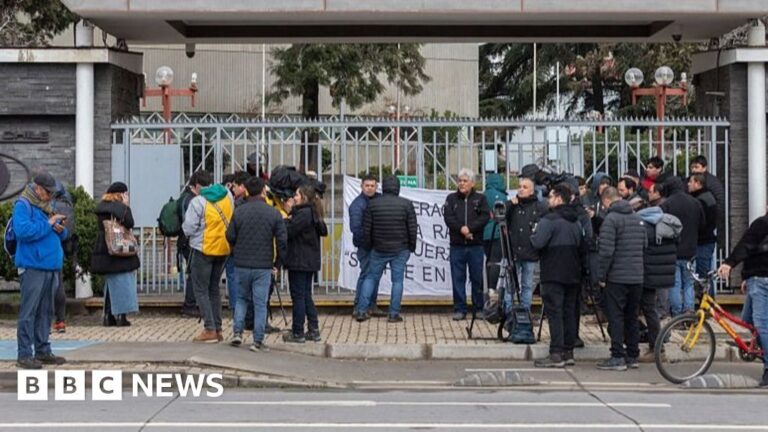The sun is rising over the ice-covered mountains of Nuuk fjord and we are travelling along one of the world’s last wild frontiers. But there are shadows gathering here and across the rest of the frozen spaces of Greenland.
With Donald Trump about to become president of the United States, his refusal to rule out taking Greenland by force is reverberating through conversations across the island.
“He’s welcome to come visit for sure,” says the skipper of the converted fishing boat taking us east. Conscious that he needs to do business with people of all political hues, he asked not to be named, but used a phrase I hear repeatedly here.
“Greenland belongs to Greenlanders. So, Trump can visit but that’s it.”
We were heading to the farm of Angutimmarik Hansen who keeps sheep as well as hunting seals, wildfowl and rabbits.
All of his winter feed for the sheep needs to be imported from Denmark, a reminder of how a harsh climate defines the possibilities of life here.
Mute Egede, Greenland’s Prime Minister, addressed a joint press conference with the Danish Prime Minister, Mette Frederiksen, in the wake of the latest Donald Trump comments.
“We do not want to be Danish, we do not want to be American, we want to be Greenlandic,” he said.
The Danish PM took care not to offend anybody, least of all the incoming US president.
“The debate on Greenlandic independence and the latest announcements from the US show us the large interest in Greenland,” she said.
Events which set in motion a lot of thoughts and feelings with many in Greenland and Denmark.
Ms Frederiksen knows well how deep feelings run in Greenland. Memories of injustice and racism remain fresh here among the indigenous Inuit people.
Scandals like the campaign to insert IUDs (Intrauterine devices) to prevent pregnancies in thousands of Inuit women and girls in the 1960s and 70s, haunt the relationship between Greenland and Denmark.
It’s not known how many of these procedures were carried out without the permission of those involved, but the numbers are considerable. The aim was to reduce the Greenlandic population.
But the message we heard – from the remote settlements on the fjord to the capital city Nuuk – is that Greenland’s destiny must be decided here, among people whose voices have been too long overlooked.
Source link




